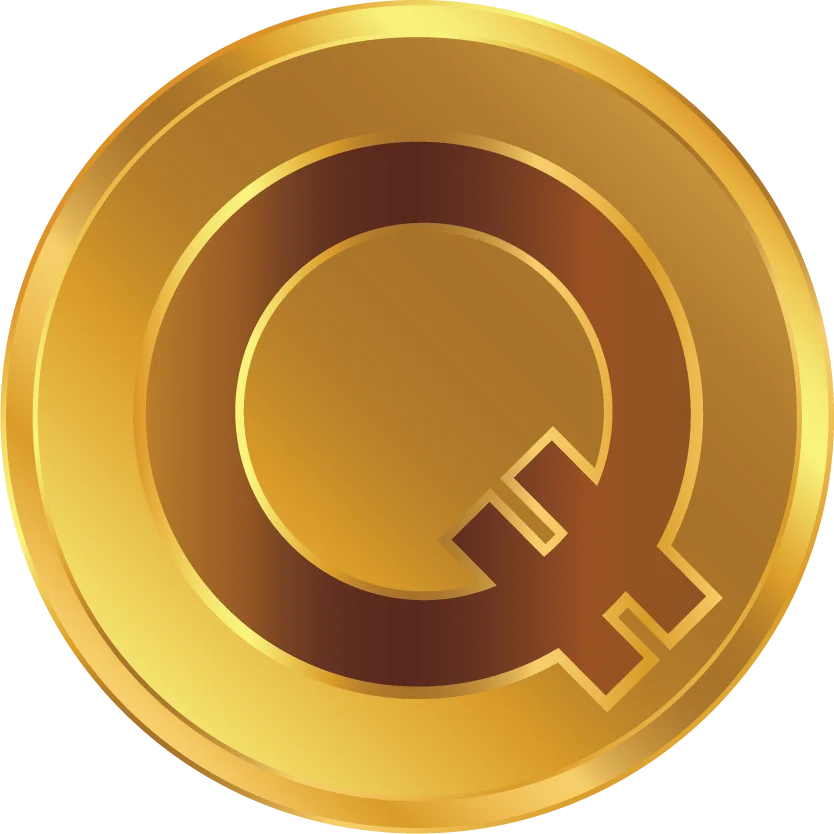Lack of Trust in Tokenized Assets
As the tokenized assets market evolves and grows, scams, frauds, thefts and infringements proliferate, especially in the Non-Fungible Tokens (NFTs) market. Scams in the NFT industry are hard to avoid and undermine the global trust of the ecosystem.
According to predictions by the global consulting firm, Boston Consultancy Group (BCG), asset tokenization is set to become a $16.1 trillion market by 2030, hence the need for authenticity to protect the trust of owners.
Despite the predictions and the mega-growth of NFTs as a means of proving asset ownership, scams and cases of copyright infringement offer a tough headache to asset owners.
Solution
Through Blockchain and Web3
QUASA solves this problem with its decentralized certification platform. By ensuring the authenticity and uniqueness of tokenized assets i.e assets are represented by a unique token across the cryptosphere, the buyer can be sure they are buying the authentic asset.

QUASA certifies the authenticity of any tokenized asset.
Once a tokenized asset has been verified, it gains a QUASA certificate, ensuring the digital representation of the asset (off-chain or on-chain) is unique and genuine and that the same asset is not being represented by multiple tokens on multiple platforms.
Other Key Verticals:
- - Intellectual Property
- - Real Estate
- - Financial Assets
- - Equity
- - Art
- - Ticketing
- - Commodities
- - And so on...
Tokens will allow incentives and rewards for participants who provide a real value in the ecosystem.
Also read:
- System Security and Error Management in 2025
- Top 7 Habits You must Practice if you want to Be Highly Effective
- Are Your Instagram Filters Helping or Hurting Engagement?
Purposes
- It allows users to buy genuine NFT’s and to be sure that they possess the rights for the asset.
- It gives the opportunity to creators/artists to secure their property by having their artwork certified.
- It helps NFT’s marketplaces to get rid of scams.
Thank you!






